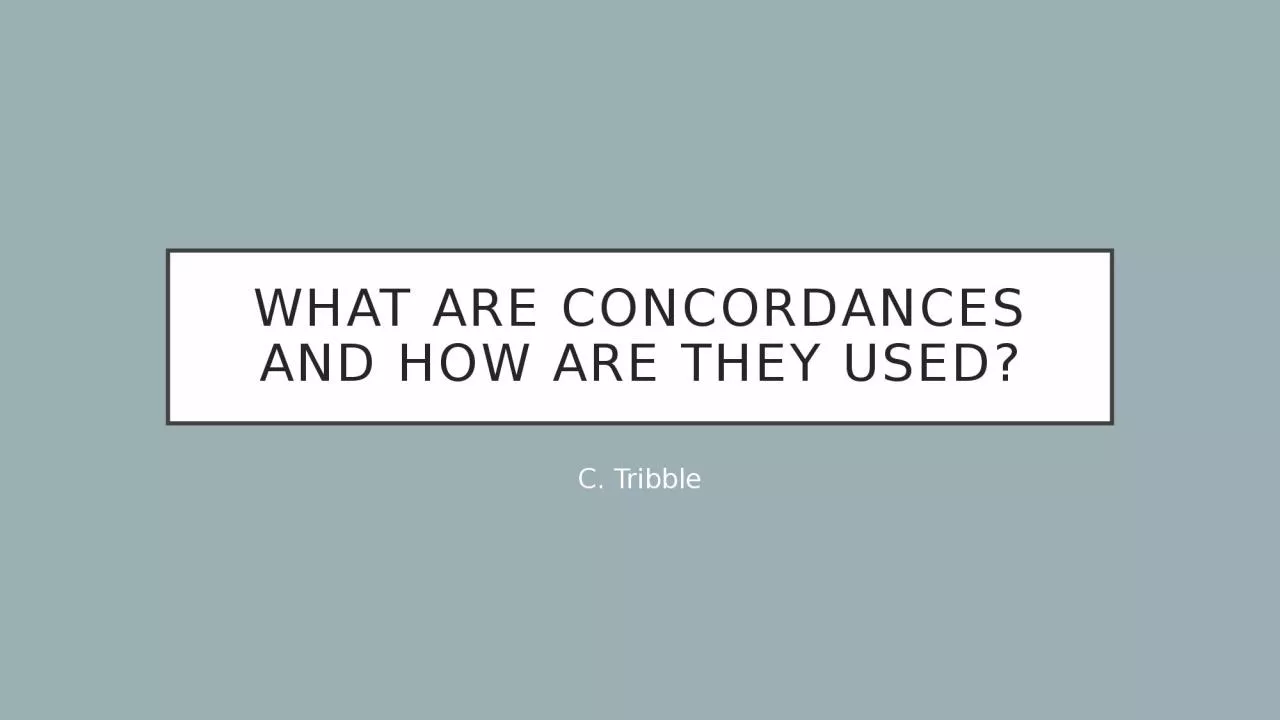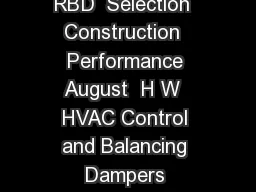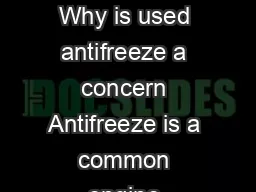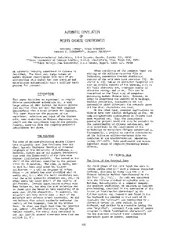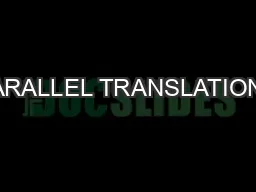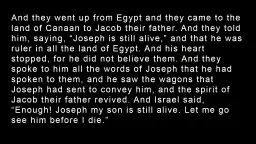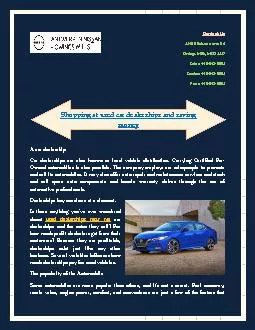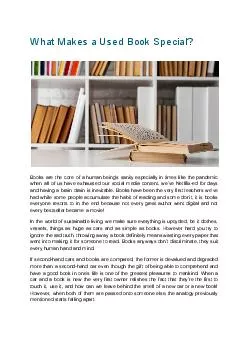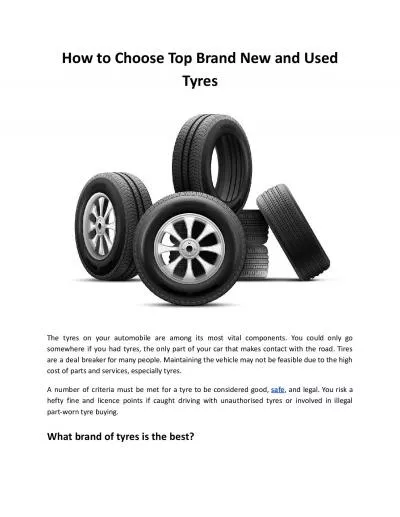PPT-What are concordances and how are they used?
Author : hanah | Published Date : 2024-02-03
C Tribble concordance A concordance is a collection of the occurrences of a wordform each in its own textual environment In its simplest form it is an index Each
Presentation Embed Code
Download Presentation
Download Presentation The PPT/PDF document "What are concordances and how are they u..." is the property of its rightful owner. Permission is granted to download and print the materials on this website for personal, non-commercial use only, and to display it on your personal computer provided you do not modify the materials and that you retain all copyright notices contained in the materials. By downloading content from our website, you accept the terms of this agreement.
What are concordances and how are they used?: Transcript
Download Rules Of Document
"What are concordances and how are they used?"The content belongs to its owner. You may download and print it for personal use, without modification, and keep all copyright notices. By downloading, you agree to these terms.
Related Documents

